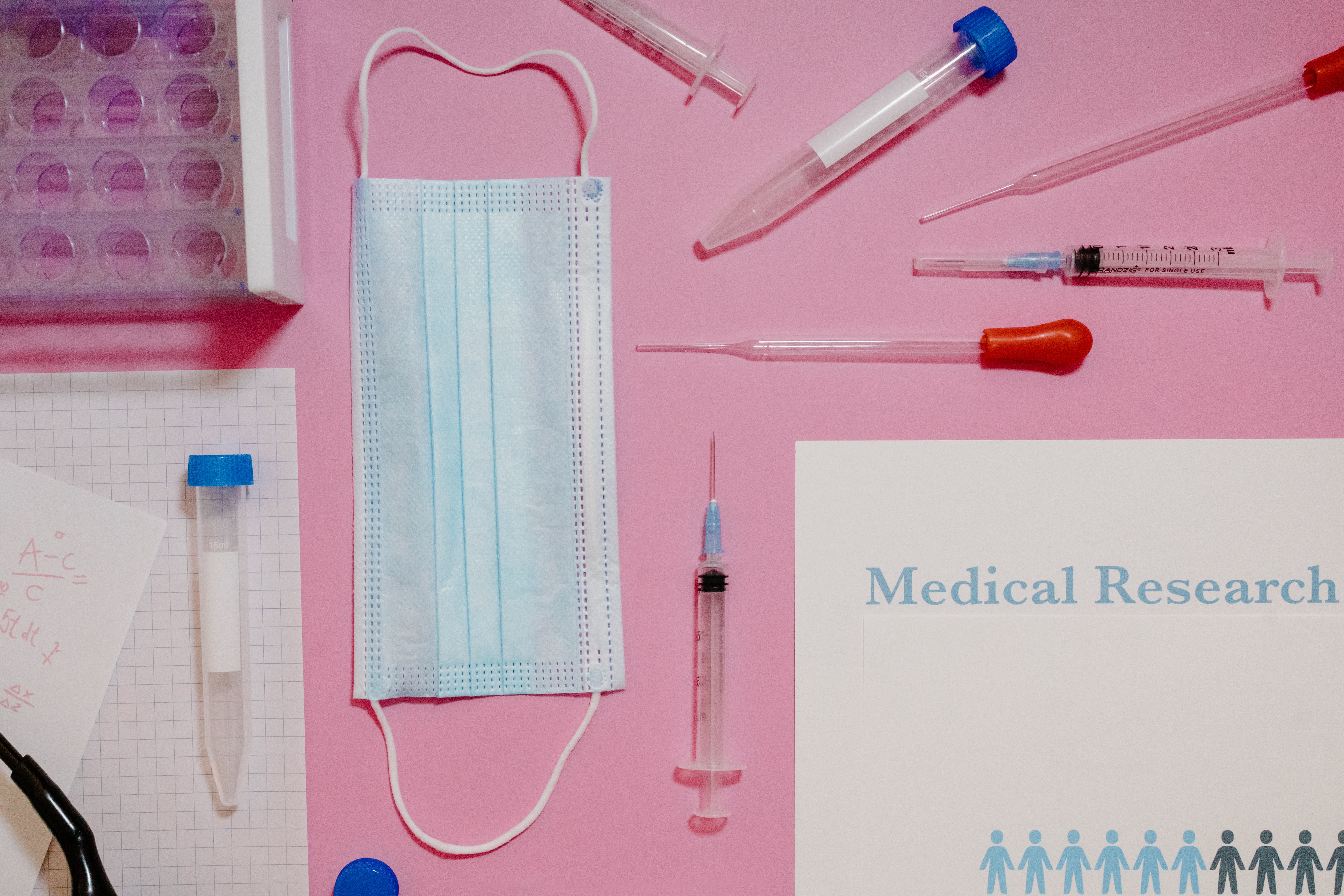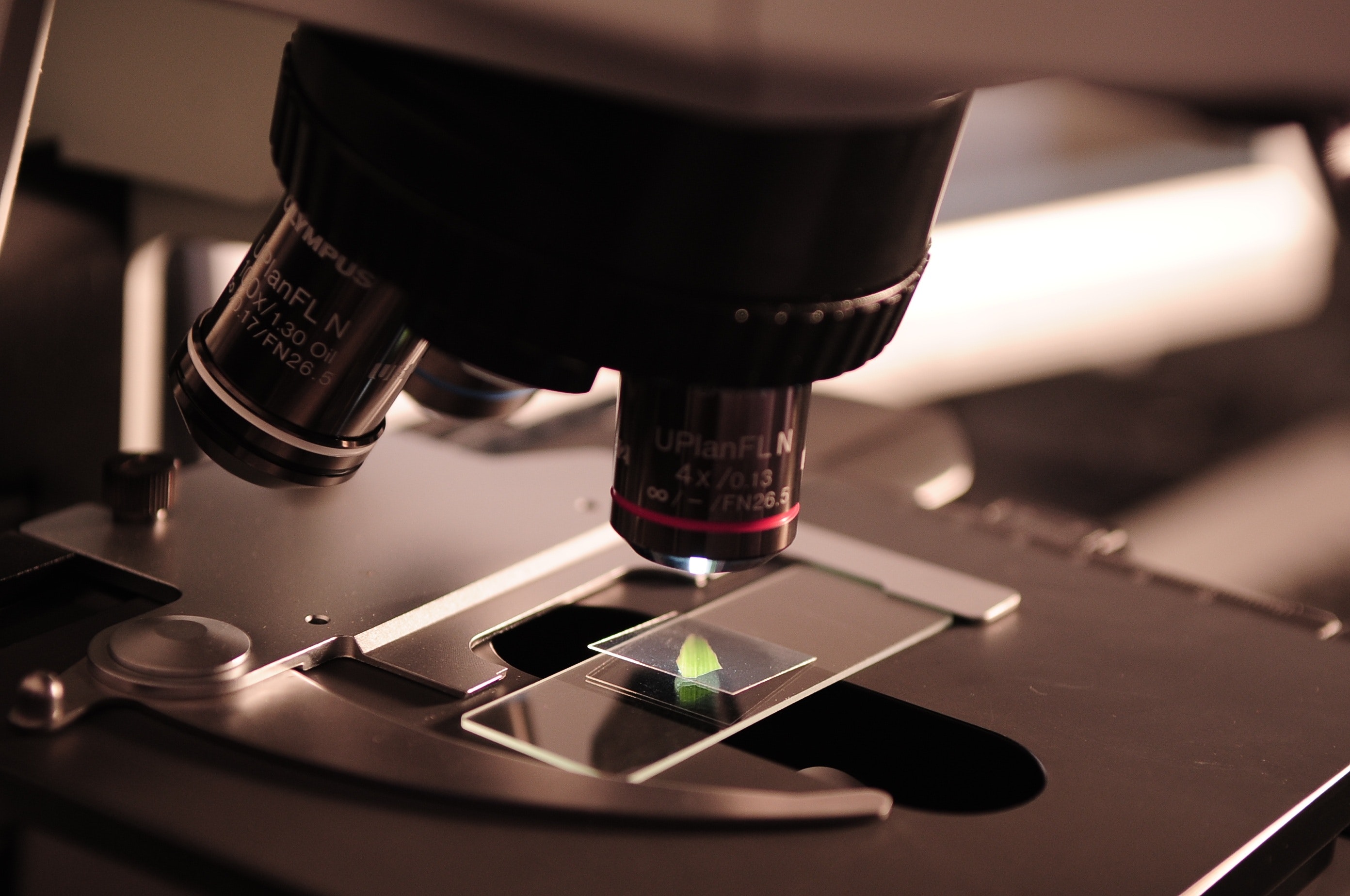When it comes to the pharmaceutical industry, product audits are essential for ensuring the quality and safety of the products that are sold. Product audits provide a comprehensive review of the entire product life cycle – from raw materials sourcing, production, and manufacturing processes, packaging, shipping, and distribution, to marketing and customer service. By conducting regular product audits, pharmaceutical companies can be sure that their products meet industry standards and regulations. Let’s take a closer look at what goes into conducting a successful audit.
Preparation
Before beginning any audit process, it is important to ensure that all team members have a clear understanding of the objectives and goals of the audit. This includes setting specific performance metrics that need to be met in order to pass the audit. Additionally, all documents related to the product should be gathered before beginning an audit so that they can easily be referenced during the review process if necessary.
Assessment
The assessment stage is where a team of auditors will conduct an in-depth review of each aspect of the product’s life cycle in order to identify any potential issues or areas for improvement. During this stage, auditors will assess everything from raw material sourcing and production methods, quality control systems, and packaging processes, to marketing strategies and customer service procedures. This assessment may also include interviews with key stakeholders such as suppliers and customers in order to gain valuable insights into how well the product is performing in terms of meeting customer needs or regulatory requirements.
Analysis & Reporting
Once an assessment has been completed, it is important to thoroughly analyze all data gathered during the audit process in order to determine if any changes need to be made in order for products to meet desired performance standards or regulatory requirements. The results of this analysis should then be documented in detail so that they can be shared with stakeholders as needed. Additionally, any recommendations for improvement should also be included in this report in order for stakeholders to understand exactly what needs to be done in order for products to meet desired standards or regulations.
Product audits are essential for ensuring compliance with industry standards and regulations when it comes to pharmaceutical products. By taking the time upfront for preparation and gathering documents related to the product prior to analyzing each aspect of its life cycle through assessments conducted by experienced auditors, companies can ensure their products are safe and effective while meeting all applicable requirements. Regularly conducting product audits helps companies remain compliant while also reducing risks associated with producing faulty or substandard products which could potentially lead to legal action from consumers or government agencies alike.






